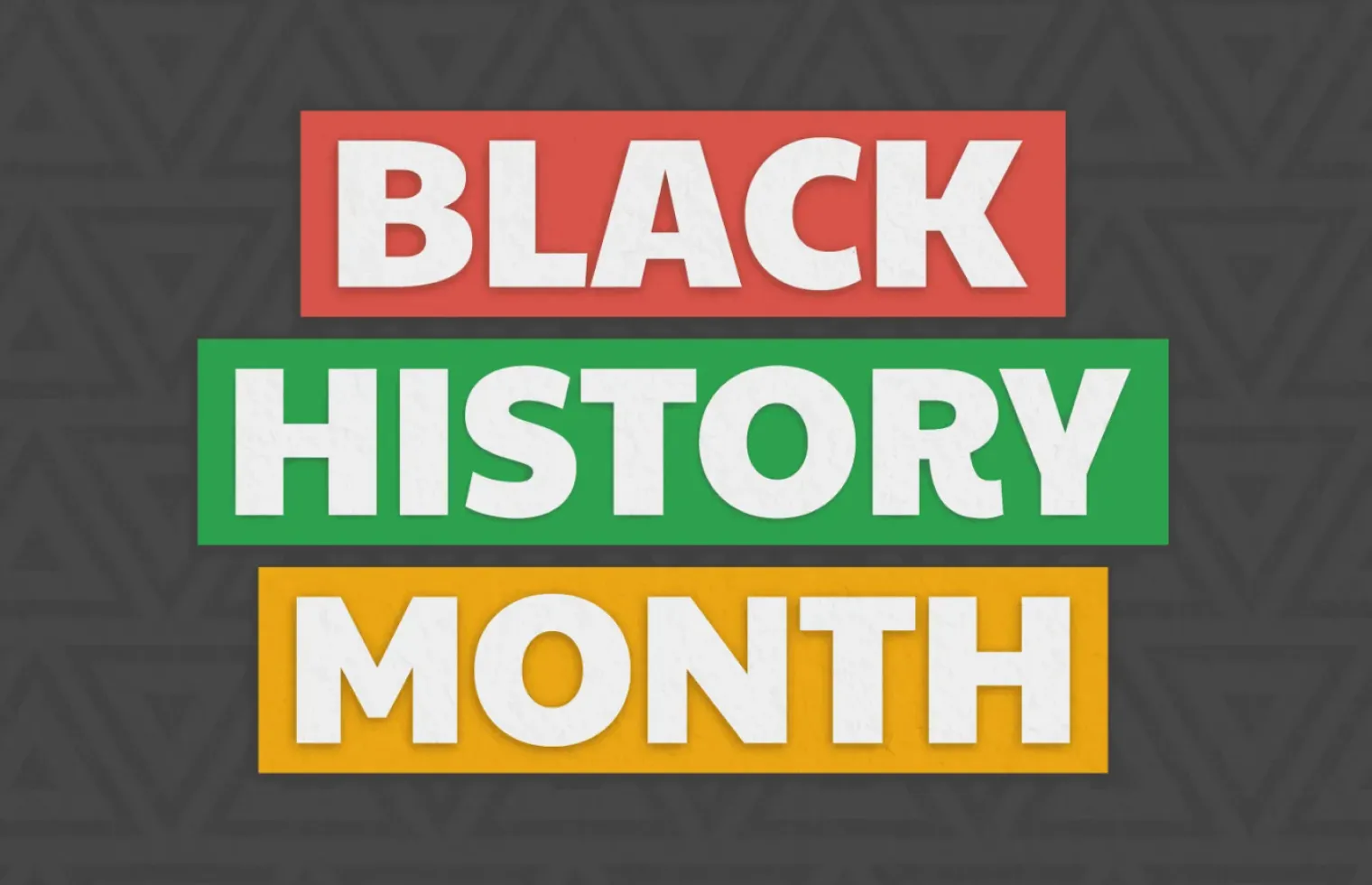Celebrating Black History Month 2025
25th September 2025
Written by Classroom Secrets
As Black History Month approaches this October, I know that many of us are reflecting on how to approach this topic in our classrooms. Black History Month is a vital opportunity to shine a light on the contributions of Black individuals and communities throughout history.
The theme for this year is ‘Standing Firm in Power and Pride’ which celebrates the resilience and strength of the Black community. The BHM website has lots of suggestions and resources to get you started to support this theme.
Whether you’re an ECT just starting out, or you're exploring new ways to approach it, here are some ideas to help you teach with confidence.
Before diving into the resources and lesson plans, take a moment to reflect on your own feelings about teaching this subject. It’s important to recognise the lived experiences behind the stories we share. Consider what aspects of Black history resonate with you personally and how those stories can connect to your students' lives.
Be mindful of the language you use and the context behind the stories you share. Encourage your children to ask questions and express their feelings, and be prepared to guide them through complex conversations. If you’re unsure about how to address certain topics, it’s perfectly okay to acknowledge your uncertainty and approach these discussions as a collaborative learning experience. The BBC has some great articles and blogs from the perspective of Black primary school teachers in the UK and how to be a better ally to your students.
The good news is that there are many fantastic resources available to help you teach Black history effectively and engagingly. There are many wonderful books and Books for Topics suggest a number here to enjoy with your class. Black History Month: 5 Books for Primary Schools
Having the right materials can make a world of difference in how you approach your lessons. Here are some of our Black History Month resources that could help support your teaching:
· Start your lessons by introducing powerful quotes from influential figures like Maya Angelou and Kamala Harris. These quotes can serve as conversation starters, prompting children to reflect on the messages behind them and how they relate to their own lives. Including discussion points can further enrich the dialogue and encourage critical thinking.
· For younger children, a simple timeline of a historical figure like Rosa Parks’ life can be a great way to explain her pivotal role in the civil rights movement. Our resource makes it easy for students to grasp the key events while allowing you to discuss the broader context of her actions and their significance.
· Alternatively, you could try using a guided reading pack themed around the life of a historical figure like Nelson Mandela, which provides an excellent opportunity to discuss themes of justice, equality, and resilience. Our guided reading pack helps children engage with his story and understand how he became a symbol of hope against injustice. It’s a meaningful way to help them connect historical events with the present.
· If you’re looking for a story that deals with topics like self-worth and skin colour, Sulwe is a great option. This book provides a gentle way to address these themes while promoting discussions about identity. You can use accompanying questions to guide children's understanding and reflections.
· If you’re considering a school-wide approach, our assembly pack covers key figures such as Martin Luther King Jr., Mae Jemison, and Barack Obama. It’s a great way to introduce the significance of Black History Month to the entire school community, allowing students to learn from one another and celebrate these remarkable individuals together.
If you're looking for even more resources, the National Literacy Trust and the BBC have some great free resources you can incorporate into your lessons, too.
As you plan your lessons, think about how you can create an inclusive environment where all children feel safe to share their thoughts and questions. Incorporate group discussions, a question box and creative projects to engage different learning styles. Encourage your children to share their own experiences and perspectives, as this can lead to meaningful discussions that deepen their understanding.
I hope you find the recommended resources helpful and that they enhance your teaching experience. Your commitment to providing a thoughtful education on Black history is crucial, and it will undoubtedly leave a lasting impact on your children.
You can explore black history month resources here.
Try us today!

